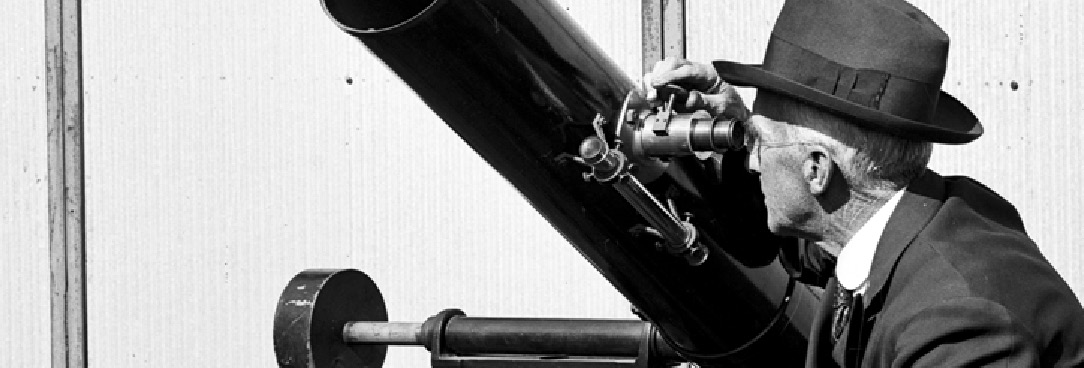Last updated:
Welcome to issue 5 of Provenance! This issue sees the online journal continuing to evolve and expand. In addition to peer-reviewed articles, we have now included a Forum section, providing a place for a broader spectrum of contributions.The aim of this new section is to attract different writing approaches and research perspectives to the journal, while continuing the focus of research on PROV’s collection. The current issue contains two peer-reviewed articles and four Forum articles.
Crime, and what counts as ‘criminal’, is the common theme in four of the articles in this issue. Each of these articles is based on research into records concerning crime, and in particular make good use of the criminal trial briefs that the crown solicitor’s office compiled for the prosecution of serious offences.
The first article, by Barry Patton, concerns the shooting in 1843 of an Aboriginal man named Jim Crow by police on the western frontier lands of the Port Phillip settlement (which later became the Colony of Victoria). Patton’s examination of the circumstances of the shooting and events leading up to it, and the subsequent trial of the police concerned, presents us with a criminal justice system that was fundamentally skewed, if not in the letter of the law then in its application.
Keir Reeves has set out to write about the Chinese on the Victorian goldfields in a way that is free of the usual clichés and generalisations found in historical accounts of this group of immigrants. He does this by focusing on an individual, James Acoy, court interpreter, businessman, miner and settler who was imprisoned for corruption in 1869. In telling Acoy’s life story, Reeves is able to show the complex ways in which the goldfields Chinese straddled two very different cultural and ethical worlds. As with Jim Crow, the case of James Acoy reveals that what was treated as a crime was not purely a legal matter; rather, it often depended upon social arrangements organised by those who held and sought power.
Two articles in the Forum section were researched as part of a La Trobe University honours course, which brought history students into the archive to learn how to conduct primary research into government records. The focus for the group of students that came to PROV in 2005 was the 1920s, and their research centred on criminal trial briefs. Two of the most outstanding pieces that came out of this research experience are presented here. Zoe Carthew conjures up a truly tragic story with her imaginative re-telling of the death of Bertha Coughlan. A young lady from provincial Victoria, Bertha died during treatment at a private abortion clinic run by Nurse Hannah Mitchell in her Richmond house in 1922. Jessica Stagnitti presents us with an equally powerful story, involving the murder of Kathleen Price in her Carlton home by her partner Charles Johnson, quite possibly while he experienced a drug-induced psychotic episode.
The last two articles describe the process of researching books. Judith Buckrich tells us about her approach to researching the illustrious history of Prahran Technical School, using both PROV and other primary source collections, and shares some of the remarkable stories that she found. John Leckey likewise takes us through some of the steps of his research into the life of Victorian cricketing great, Bill Ponsford.
I would like to thank the members of the Provenance editorial board for their efforts on this issue. The ongoing evolution of journal these past two years is owed largely to their steadfast support.
Sebastian Gurciullo
Editor
Material in the Public Record Office Victoria archival collection contains words and descriptions that reflect attitudes and government policies at different times which may be insensitive and upsetting
Aboriginal and Torres Strait Islander Peoples should be aware the collection and website may contain images, voices and names of deceased persons.
PROV provides advice to researchers wishing to access, publish or re-use records about Aboriginal Peoples
